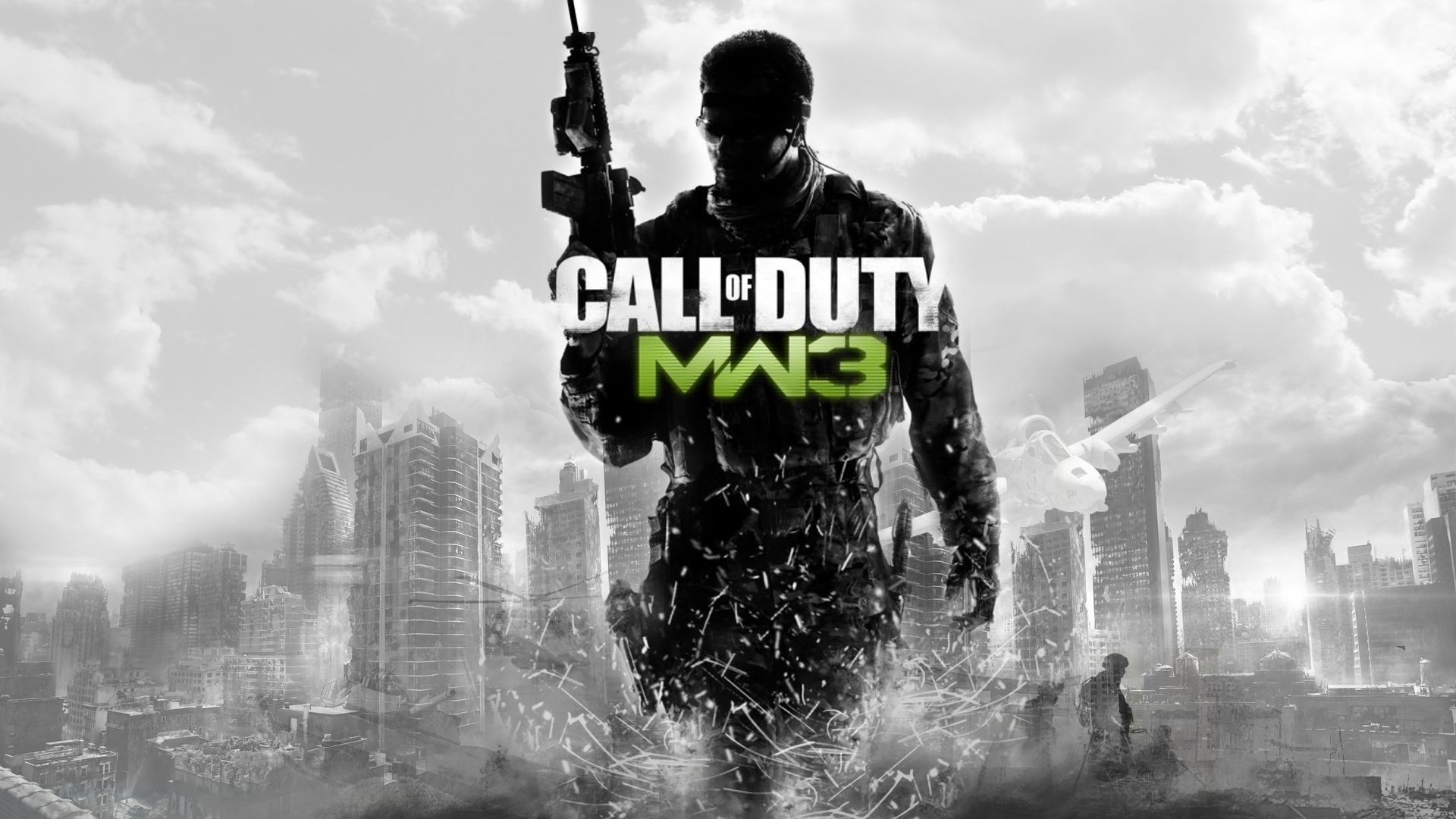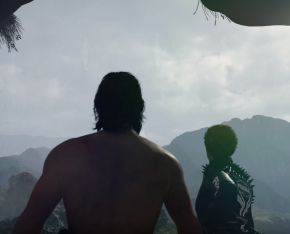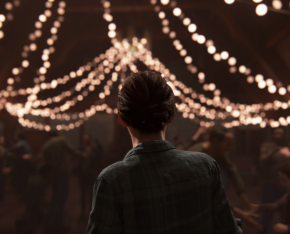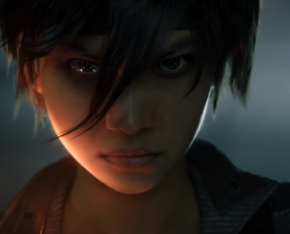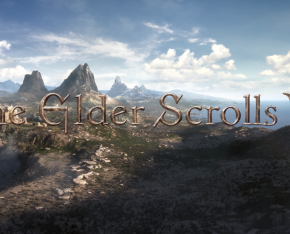By Bryan Smith on September 6, 2015 at 12:33pm
A common trend in the video game industry is seeing what game becomes popular because... X reason. How did a game like, say, “Crash Bandicoot” make a big scene back when the PlayStation first debuted? Why do people seemingly flock towards “Call of Duty?” What makes “Pokémon” a force to drive people to the stores and buy copies by the millions? The thing we need to understand about video games is that genres are what help people gravitate towards a want that is screaming to be itched. Over-saturating a genre is also what sends people off to find something different.
As most of you know, a genre in video games, or just about any kind of media really, is a group of things that are related to a theme, overall feel, or style. For movies, we have the cowboy westerns, science fiction, fantasy, dramas, comedies, and the like. For games, we have platformers, puzzle games, role-playing games, first-person shooters, third-person shooters, survival horror, and more. Genres are what give a game a different spice to change things up. A puzzle game will require a lot of time and thinking in order to get far, whereas a third-person shooter will more than likely send the player on a rampage against an opposing army.
So why do genre-fatigues in the gaming community happen? With all of these wide and varied games, no one should be tired of one particular genre for it to disappear, right? That, sadly, is not the case. Too many games in a genre will do more damage than you’d think.
Let’s take a look back into the past generation of games, shall we? Back when a lot of us were either just kids or even not born yet, games were stuck to a mostly 2-Dimensional plain. There couldn’t be a lot of genres as you’d think because the hardware limitations couldn’t allow it. There were mostly platformers, puzzle games, fighting games, and RPGs because how would a developer depict a first-person perspective when consoles had a hard time just trying to visualize a character with color, animation, and the works?
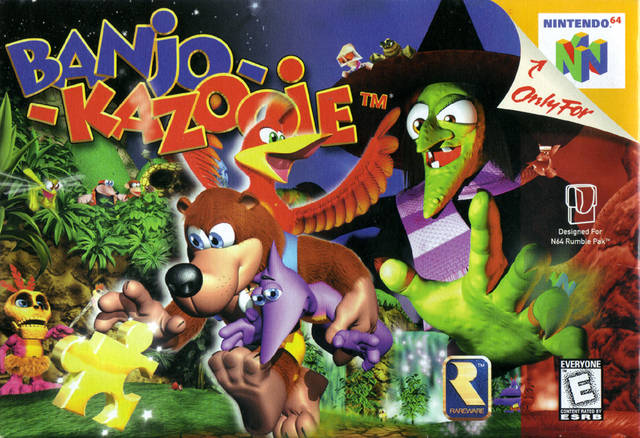
That’s where the Nintendo 64 and PlayStation came into being. There must be a way to ascend to more ideas for gaming. Now we have a z-axis to work with to bring new life to a world. The Mushroom Kingdom had depth to explore. Link could travel Hyrule Fields on his stead Epona and jump over obstacles. Crash can avoid threats coming at him by side stepping to the left or right. The playing field changed, and more genres were born.
The problem, however, is that this popular craze of 3D garnered so much attention that everywhere you turned, there were 3D platformers. The amount of 3D platformers during the N64 and PS1 generation was staggering. We got
- “Super Mario 64”
- “Donkey Kong 64”
- “Banjo-Kazooie”
- “Conker’s Bad Fur Day”
- “Rayman 2: The Great Escape”
- “Gex: Enter the Gecko”
- “Crash Bandicoot”
- “Spyro the Dragon”
- “Glover”
- “Earthworm Jim 3D”
- “Bubsy 3D”
and that’s not counting all the other games that are licensed or only use a 2D plain. Some of those games also have several sequels. Keep in mind these games were released from 1996 to 2001, which isn’t a particularly long time. During the late 90’s, we had so many platform games that some of us didn’t know what to do with them.

Then the next generation of games came along- the Nintendo Gamecube, PlayStation 2, and the original Xbox (still really stupid for Microsoft to call the Xbox One what it is, since I have to make that distinction here). This time around, more genres were given a go to experiment. “Metroid Prime,” for example, ventured into first-person shooter territory, with astounding success. The horror genre became even more popular with games like the “Fatal Frame” series, “Resident Evil 4,” “Silent Hill 2 & 3,” and “Eternal Darkness: Sanity’s Requiem.” The first-person shoot genre also leapt into booming success with the “Halo” series (the first two games anyways for this generation), the “Call of Duty” series, and the aforementioned “Metroid Prime.”
The strange thing, however, is that platformers slowly started to… hide away. Sure, we had “Super Mario Sunshine” and the “Jak,” “Ratchet & Clank,” and “Sly Cooper” series on the PlayStation 2, but the number seemed to dwindle. Other franchises started to experiment, such as “Donkey Kong” going into rhythm games. The franchises that helped make 3D platformers popular, however, faded away. “Crash Bandicoot” and “Spyro the Dragon” lost their luster and their fans as well. “Earthworm Jim 3D” and “Bubsy 3D” pretty much killed their franchises. Things didn’t look great for platformers, and that trend became more apparent in the next generation of consoles.
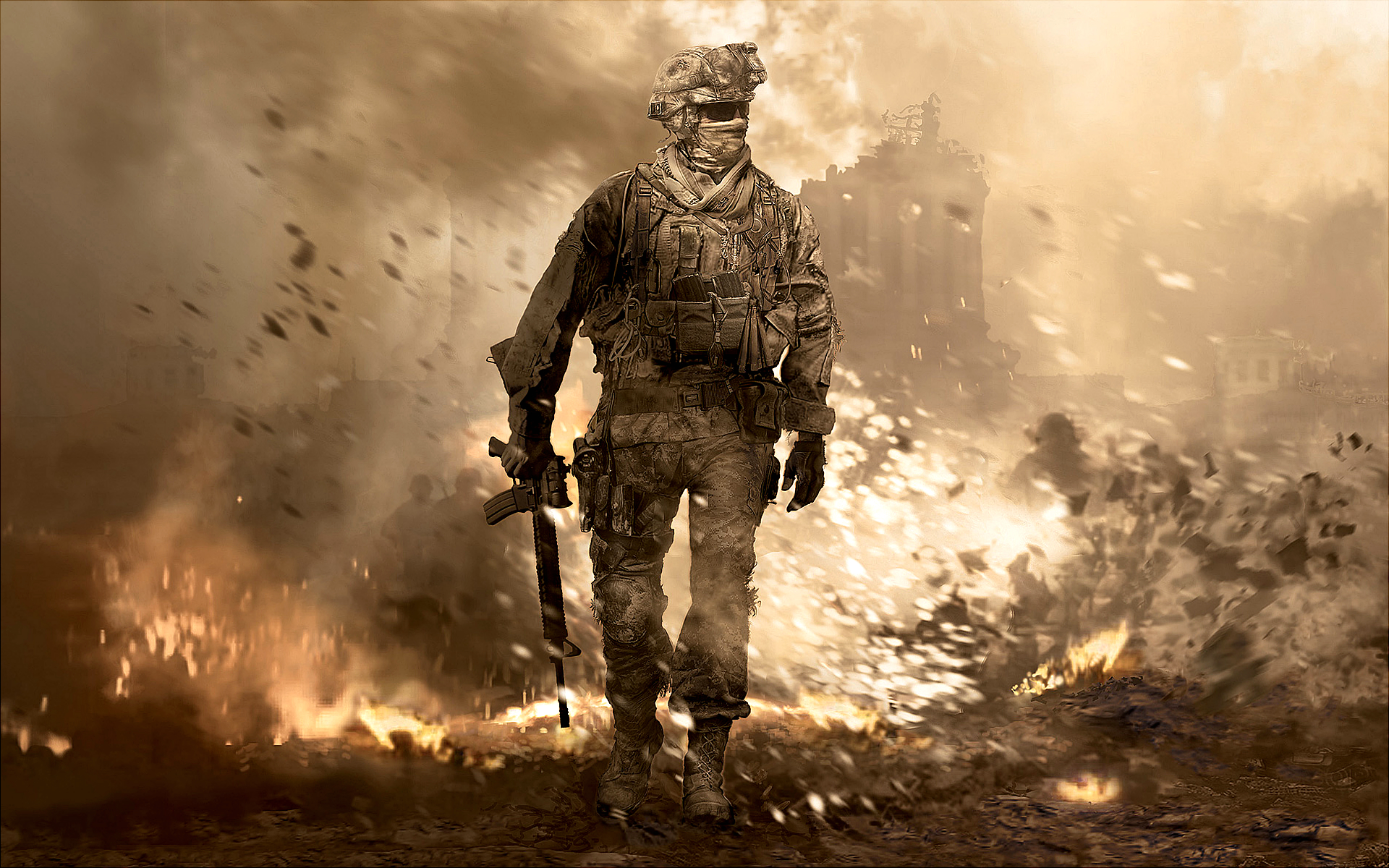
Later, we got the Nintendo Wii, PlayStation 3, and Xbox 360. Where the sixth generation made it their effort to polish up the 3D nature of their games, seeing how rough N64 and PS1 games are now in retrospective, this generation felt keener on staying connected with friends from afar or a “special” kind of experience (motion control, which faded out fast). With “Halo” and “Call of Duty” on the rise, first-person shooters were on fire and the must have thing in the gaming community, especially for those looking from the outside. “Call of Duty 4: Modern Warfare 1 & 2” shattered expectations and records for being so popular. Now just about everywhere you look, games were so filled with action and shooting that I’m surprised bullets haven’t come out of the screen yet.
The problem attached to genre fatigue was probably at its strongest with the seventh generation of consoles. These action games, which started off as great, fun games for the first few entries on these consoles, soon started to pump out more and more games. Since the internet factored heavily into the livelihood of gaming and the prospect of putting more life into a game later down the line, development suddenly didn’t mean a whole lot if patches and updates could fix things up later. Take a look at these infamous games that release yearly or even sooner than that:
- “Call of Duty:” 11 major titles (those starting in 7th Gen.)
- “Assassin’s Creed:” 9 major titles (series started this generation too)
- “Madden:” 11 major titles (those starting in 7th Gen., any sports game fits the bill)
- “Just Dance:” 6 major titles (since the Wii- 2009, and not counting spin-offs)
That’s not counting how many first-person and third-person shooters that populated this generation (note: “Just Dance” is not a shooter… though would be aptly hilarious to see someone dancing to shoot bullets). Anywhere you looked, there were so many games with shooting as the focus now. Conversely, it was increasingly hard to fine a game where action and/or shooting weren’t a core part of gameplay. RPGs were rare to mention until late into the cycle, and that’s if you’re looking at the PlayStation 3. “Final Fantasy,” one of the front-runners of RPGs, only had one technical numbered entry, and that was “FFXIII,” which wasn’t particularly received with welcome arms (not counting almost identical sequels). 3D Platformers were basically “Super Mario Galaxy” and the few smaller games like “Alice: Madness Returns.”
Horror? That got gobbled up by action as to try and make it more “appealing.” “Resident Evil 5” and onward, “Dead Space 3,” and the “Silent Hill” series after the fourth installment all suffered from the thrills and chills being diluted just so action can be a major focus. The seventh generation was all about action and games trying to be something they aren’t to the point that people are just getting tired of seeing the same thing so frequently. When the eighth generation slid in, games like “Ryse: Son of Rome,” “Titanfall,” and Evolve” weren’t exactly met with such excitement as something from the seventh generation would get (the giant robot aspect caught people’s attention though. Can’t go wrong there). They were action and/or shooting games that really didn’t add much new. Granted they all had negatives shining off their arms out of the gates, but these kinds of games made others go, “We’ve seen this before.” Back to closer to the beginning of the seventh generation, “Assassin’s Creed,” for example, was met with such awe and amazement because we haven’t seen something look like it before… “Prince of Persia” aside. Now, the series is usually greeted with a prompt “meh.”
There’s an interesting note on the seventh generation, however. While 3D platformers weren’t on the frequent side, 2D platformers came running back in. “New Super Mario Bros.,” “Rayman Origins,” “Wario Land: Shake It!,” “Kirby’s Return to Dreamland,” “Donkey Kong Country Returns.” See a trend here? These were games that many wanted to see and play. They came back when other games were getting too saturated or recovering from a previous fatigue.
With the eighth generation, I’m already starting to see a fatigue in first-person shooters. As stated with the previous examples, “Titanfall” and “Evolve” as first-person shooters didn’t exactly stir up a lot of excitement. Valve hasn’t seen a technical game since “Portal 2,” and that game is a first-person puzzle game. That’s from 2011, by the way, and there aren’t any signs of Valve releasing a game (most likely a first-person perspective game) now or in the near future. I think they’re holding off from too many FPS games… though probably not exactly. We never know with Valve… darn wait for “Half-Life 3.” Only two pure first-person shooters that garnered pure excitement without the anguished sigh of “more FPS games-” “Halo 5: Guardians” and “Star Wars Battlefront (2015),” and there are those who are skeptical because of shady business aspects lurking in the back. “Fallout 4” is on its own level, don’t get mad. We all know that’s going to be an epic game, and it’s technically a first-person RPG more than a shooter anyways.

You want to know what games in 2015 that were highly anticipated and well received happened to be? “Bloodborne,” “The Witcher 3,” “Metal Gear Solid V: The Phantom Pain,” “Splatoon,” (to a lesser extent for the following) “Mortal Kombat X,” “Batman: Arkham Knight,” and “Until Dawn.” Can you guess what these games have all in common? They all are games that are unique and different from one another (though “Batman” and “MGSV” can be argued they’re the same, things play out somewhat differently). As in there’s variety in 2015’s game lineup. While some of those games have action in them, the main selling point is something else. We have your horror, fighting, stealth, brawler, RPG, action RPG, and unique third-person shooter/platform hybrid.
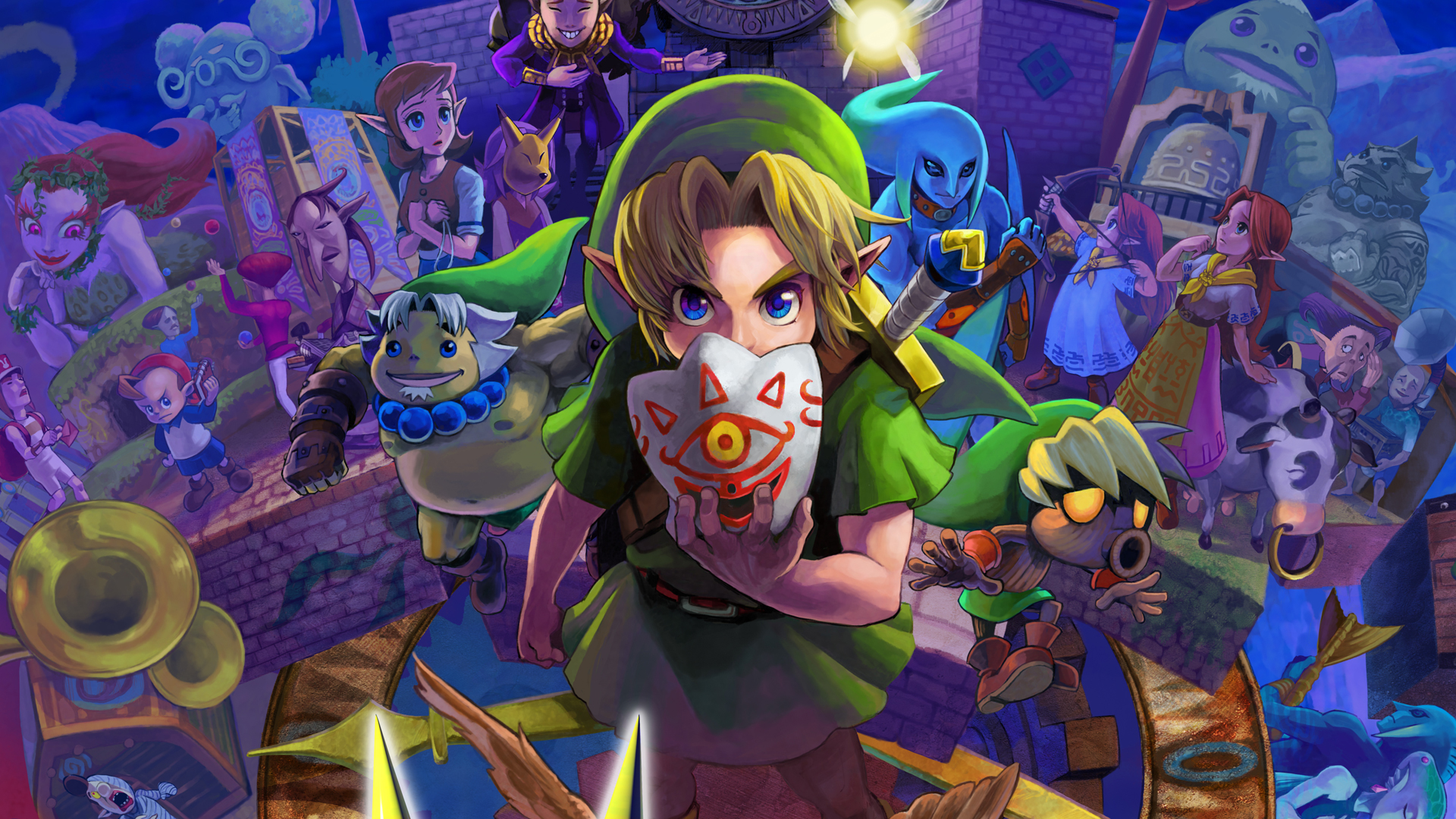
There’s also another trend that’s emerging out of the eighth generation. Remakes. No, not remasters. Remasters are in a high abundance, though. That’s not the important thing here… technically. When “The Legend of Zelda: Majora’s Mask 3D” was announced, everyone roared in applause for a game they wanted to see get justice, which people loved. While not a remake itself, the “Resident Evil Remake” HD was met with equal anticipation and received just about the same fanfare “Majora’s Mask 3D” did. “Grim Fandango Remastered,” a beloved adventure game from the late 90’s, garnered love and attention as well. See the trend now? I understand some people might not appreciate all of these remasters and remakes of old games, but a lot of other people do. It’s something people want.
The key word for today is want. People want a particular thing, yet the range is particularly wide as well. In the N64/PS1 era, people wanted 3D platformers, as that was the big majority. The NGC/PS2/Xbox era saw more experimentation and produced games that people had an overall want for. “Super Smash Bros. Melee,” “Resident Evil 4,” “Metal Gear Solid 3,” “Silent Hill 2,” “Metroid Prime,” “Halo 2” (debatable dependent if you look at the development chaos), “Star Wars: Knights of the Old Republic,” “Shadow of the Colossus,” and “Half Life 2,” just to name a few, are considered some of the greatest games of this generation. That’s a crap load of variety there. Then the Wii/360/PS3 era gravitated towards action and/or shooters.
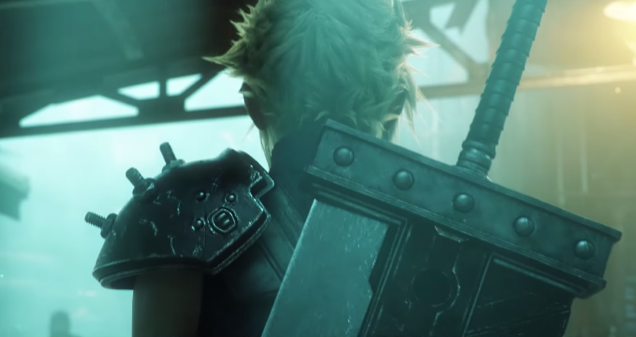
That places us with the WiiU/PS4/Xone era. Sure, there may be action a plenty around, but the push has been dulled down. Old games have been given new life. Going back to the remakes thing, “Resident Evil 2” and “Final Fantasy VII,” two games that are almost universally praised, are getting remakes. Capcom is also bringing back old games like “Resident Evil 0” for those who didn’t play the original and went as far to ask fans as what they wanted to see in the “RE2 Remake.” “Shenume III” is getting made finally. Indies and Kickstarters are becoming more attractive with every passing day because they give promises of stuff people want. Since certain companies, such as Microsoft, Capcom, and Konami, aren’t using their properties, “Yooka-Laylee,” “Mighty No. 9,” and “Bloodstained: Ritual of the Night” were funded so fans of old games can have something to play again (“Mighty No. 9 is debatable seeing… questionable actions on Kickstarter).
Now that’s not to say that certain games that are action and/or shooters purely aren’t going to be good in the future. It’s just at this point they may cool down. “Call of Duty” has a strong possibility of going into shelter for a while later down the line, as Activision’s “Tony Hawk” and “Guitar Hero” franchises did. Then again, it’s the frontrunner for its genre. Just like “Super Mario Bros.,” these two franchises are the backbones to their respectful genres. While they’ll keep going, competition will rise and falter to try and freshen things up.
To sum up, the genre fatigue games endure is pretty much aligned with what people want. There will be times that a genre may dominate, thus influencing what games are made. Some will stand the test of time while others may put their franchise to rest, as both can be seen in the N64/PS1 and Wii/360/PS3 eras (“Dead Space 3” and “Medal of Honor: Warfighter” to give examples for the latter. They may not be dead completely yet, but they certainly put their series on hold for a long time). Meanwhile generations like the NGC/PS2/Xbox and WiiU/PS4/Xone eras are exploring more avenues for successes. This period of time is where everyone gets a good volume of what they want, whereas the other genre-fatigue eras stresses one particular genre while others aren’t as prevalent.
With all of that said, I’m curious as how the genre wave shifts next. When we get to the ninth generation, what will be made extremely popular then? We could possibly see a new genre being explored (and potentially done to death during that time). We could also see an old genre, such as horror, focused one a lot more. The prospect, in turn, would then come to what new thing has been discovered to explore new experiences. I guess this is just a matter of time until we find that out.
